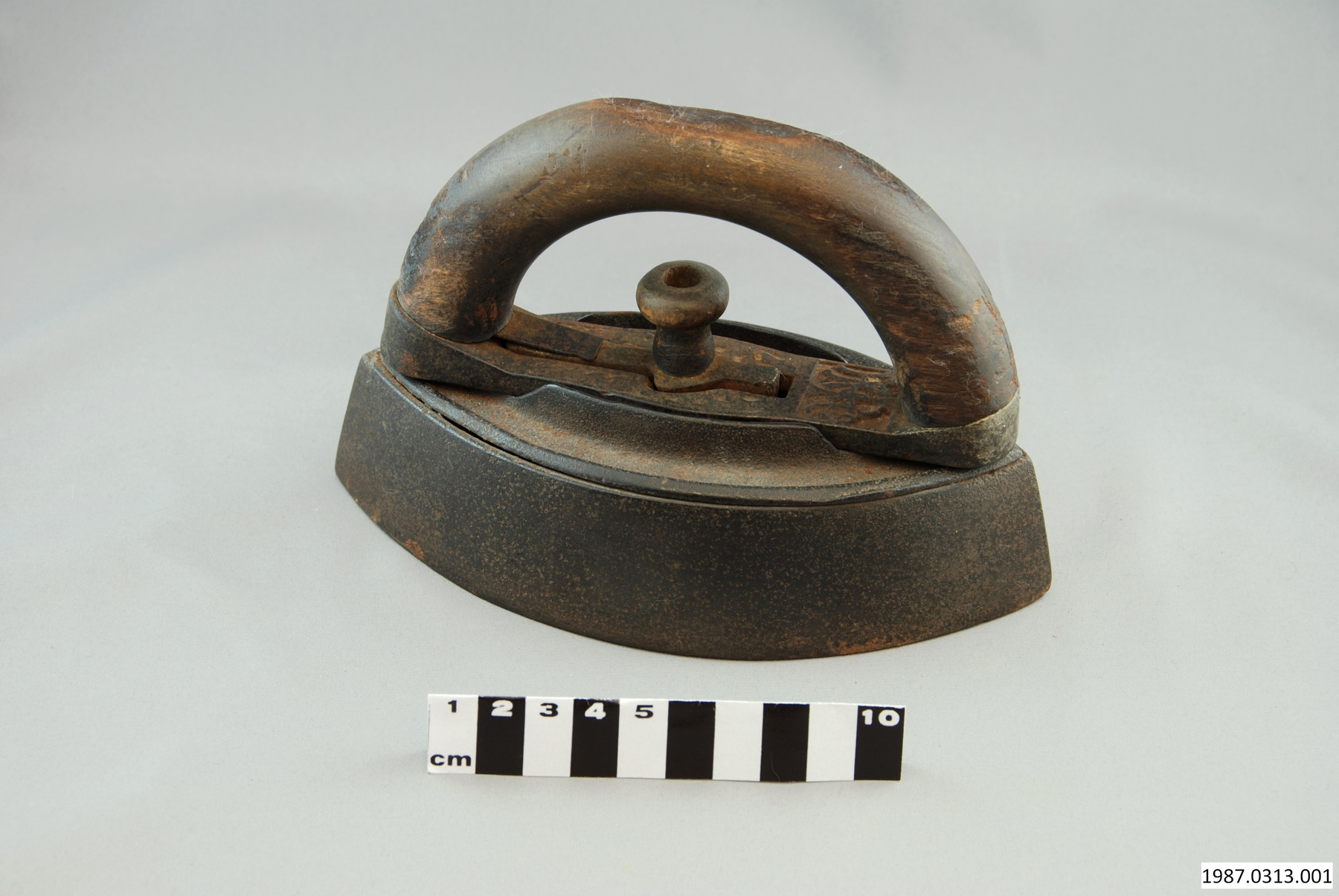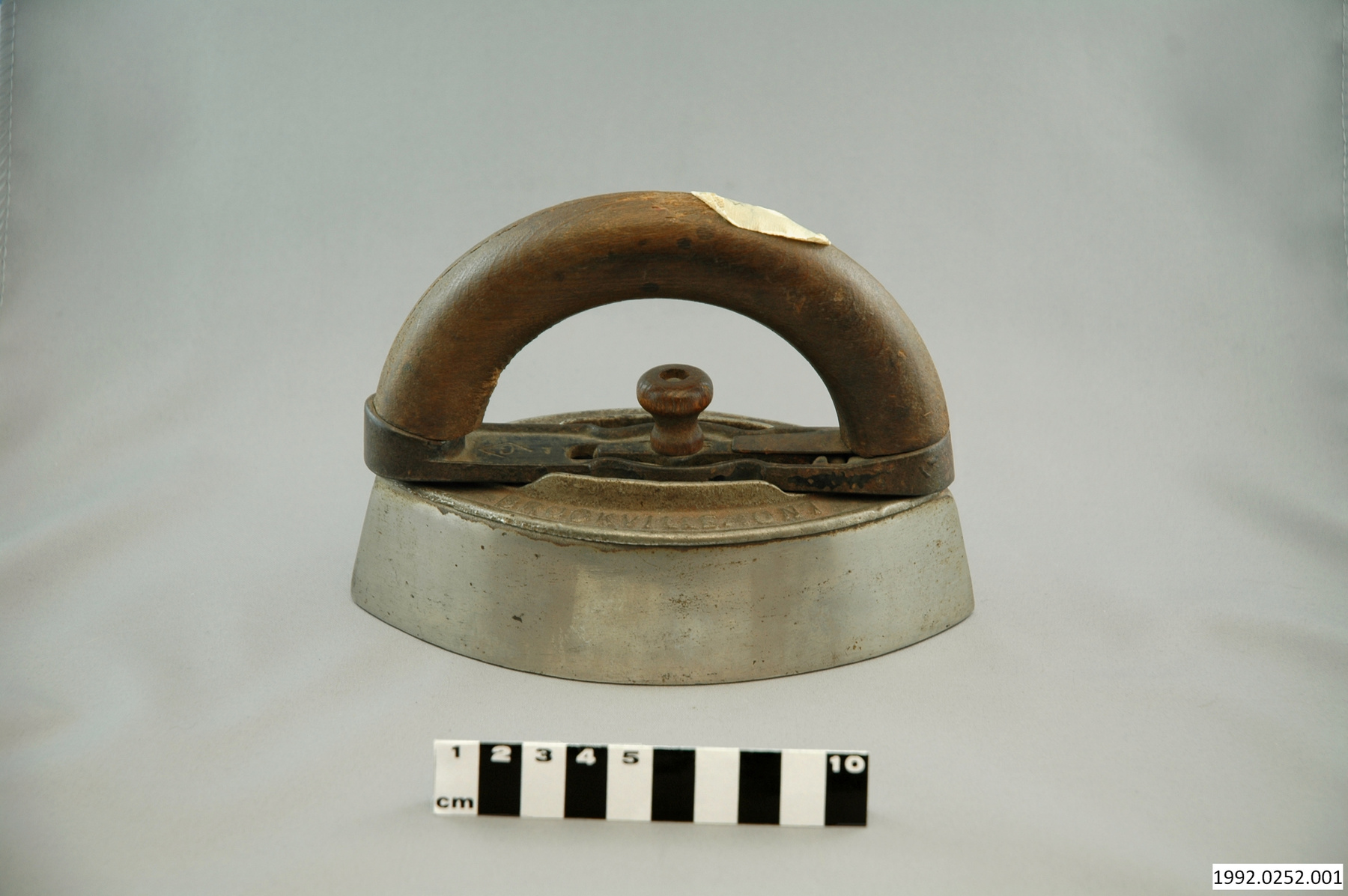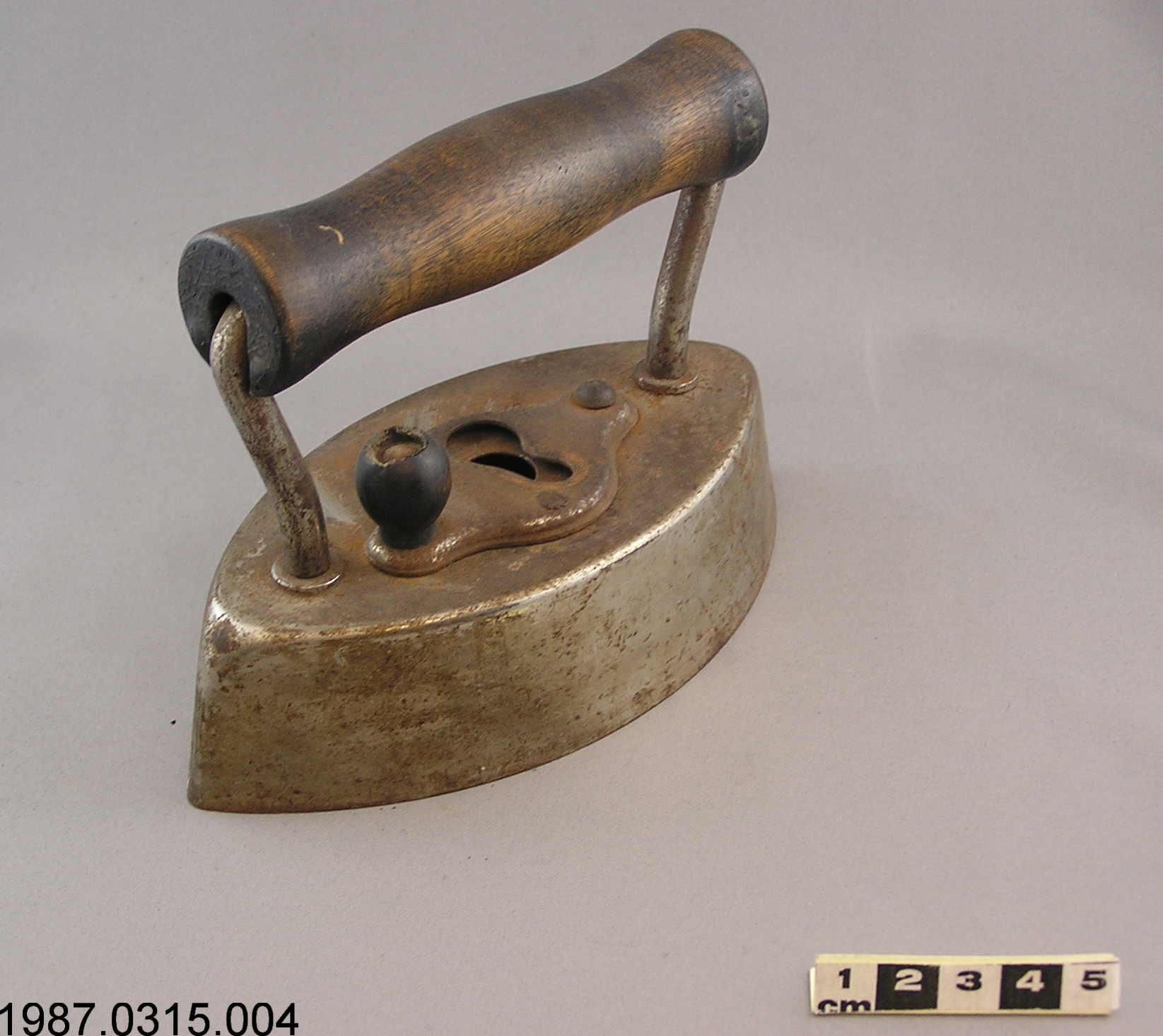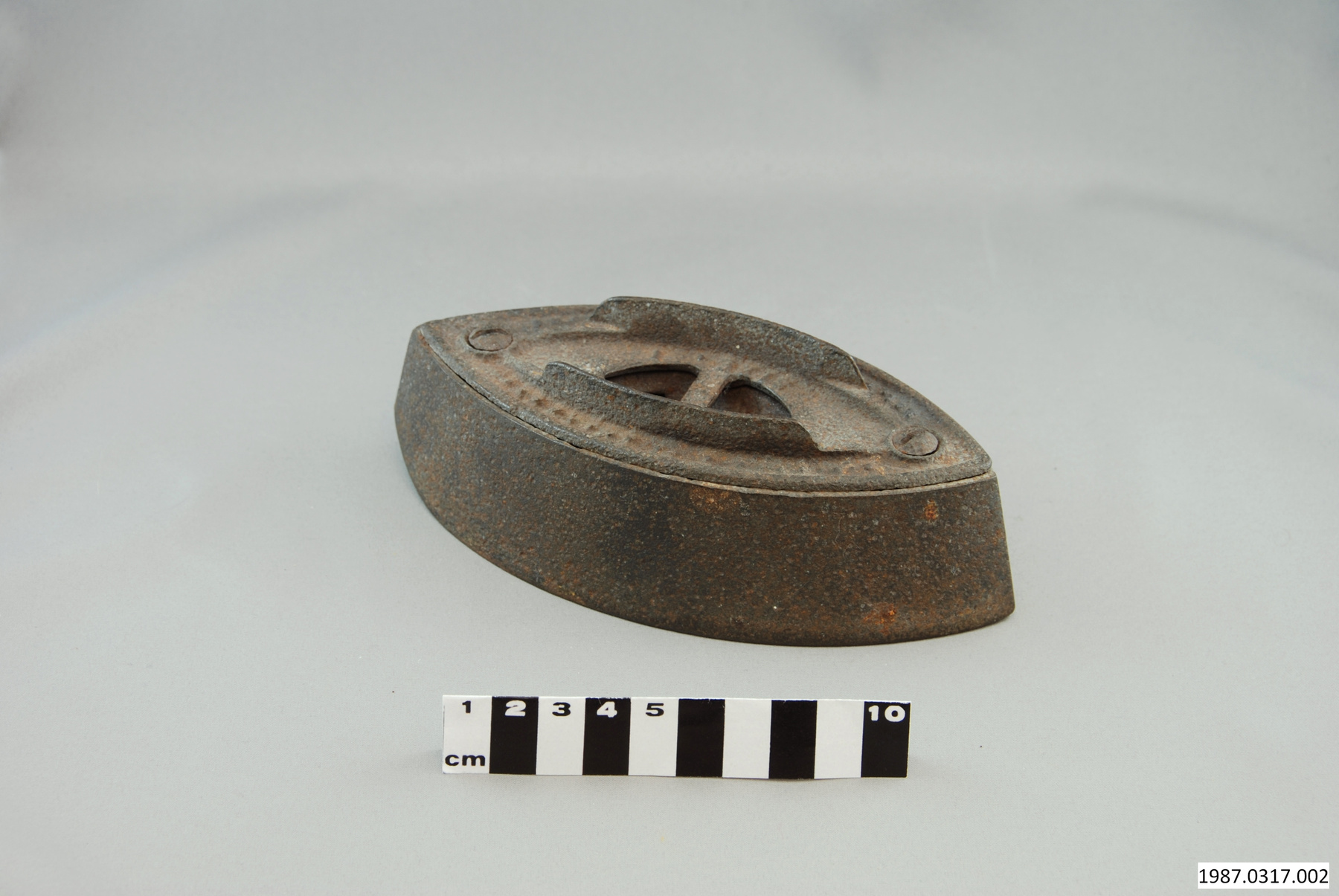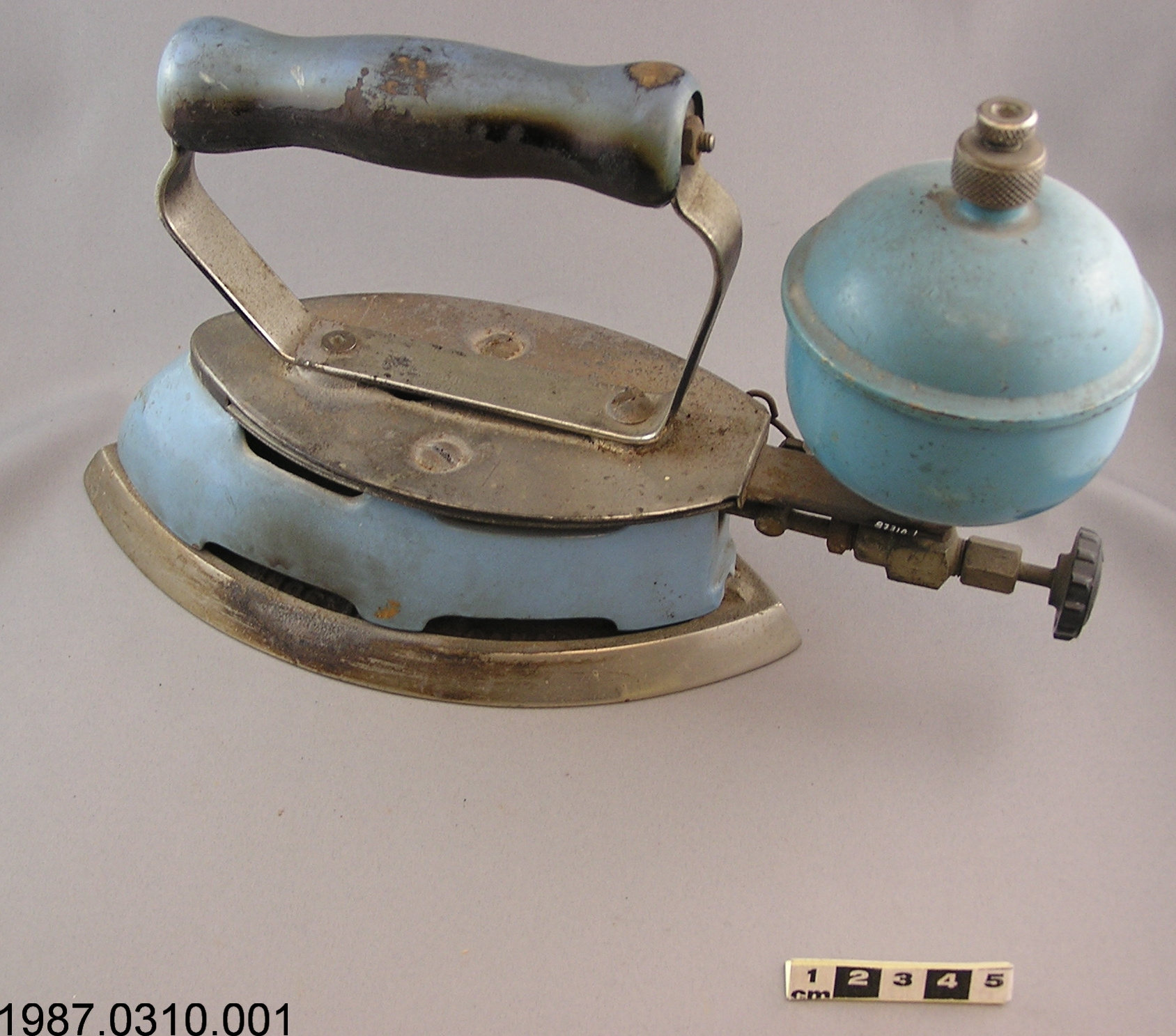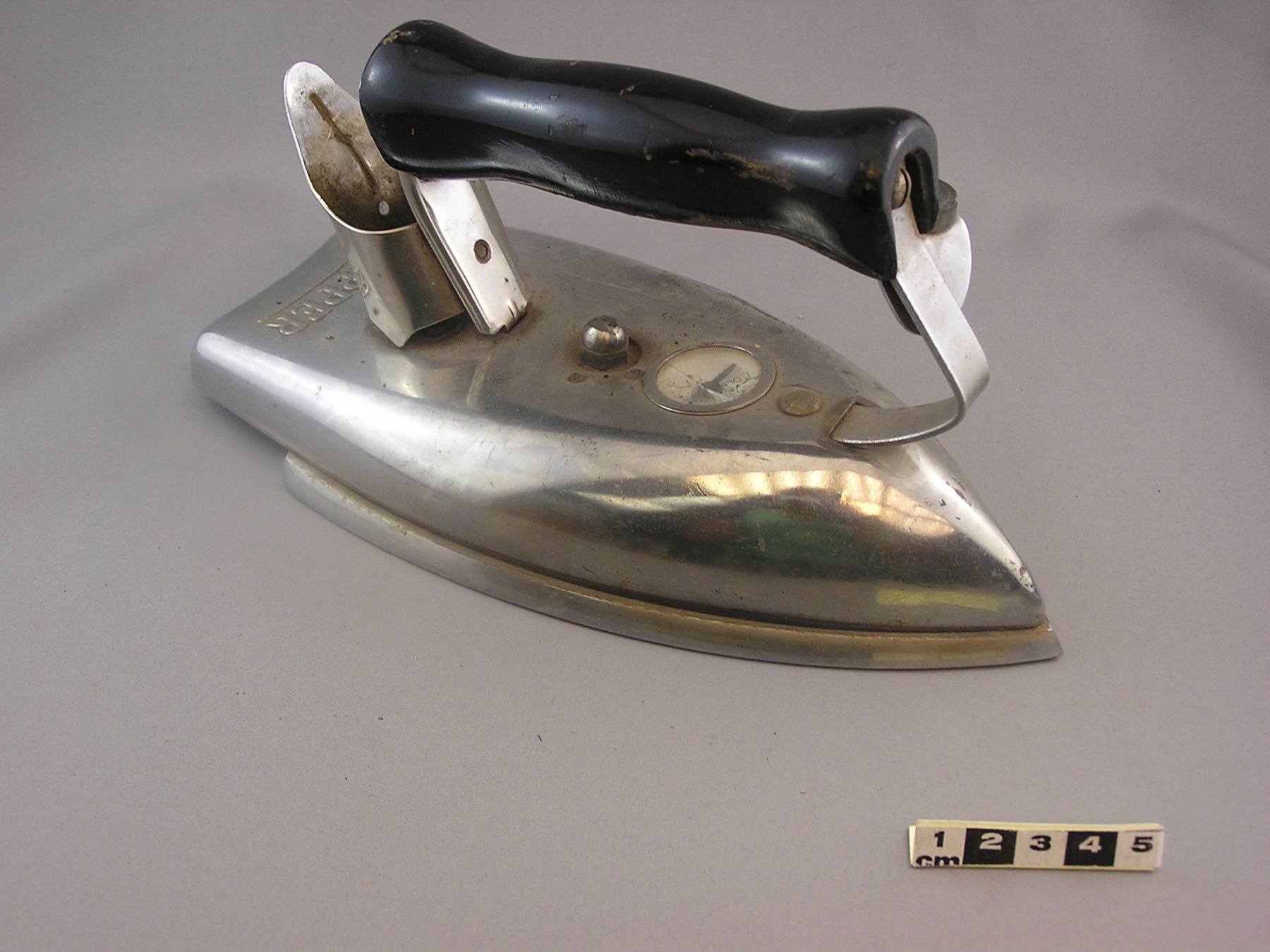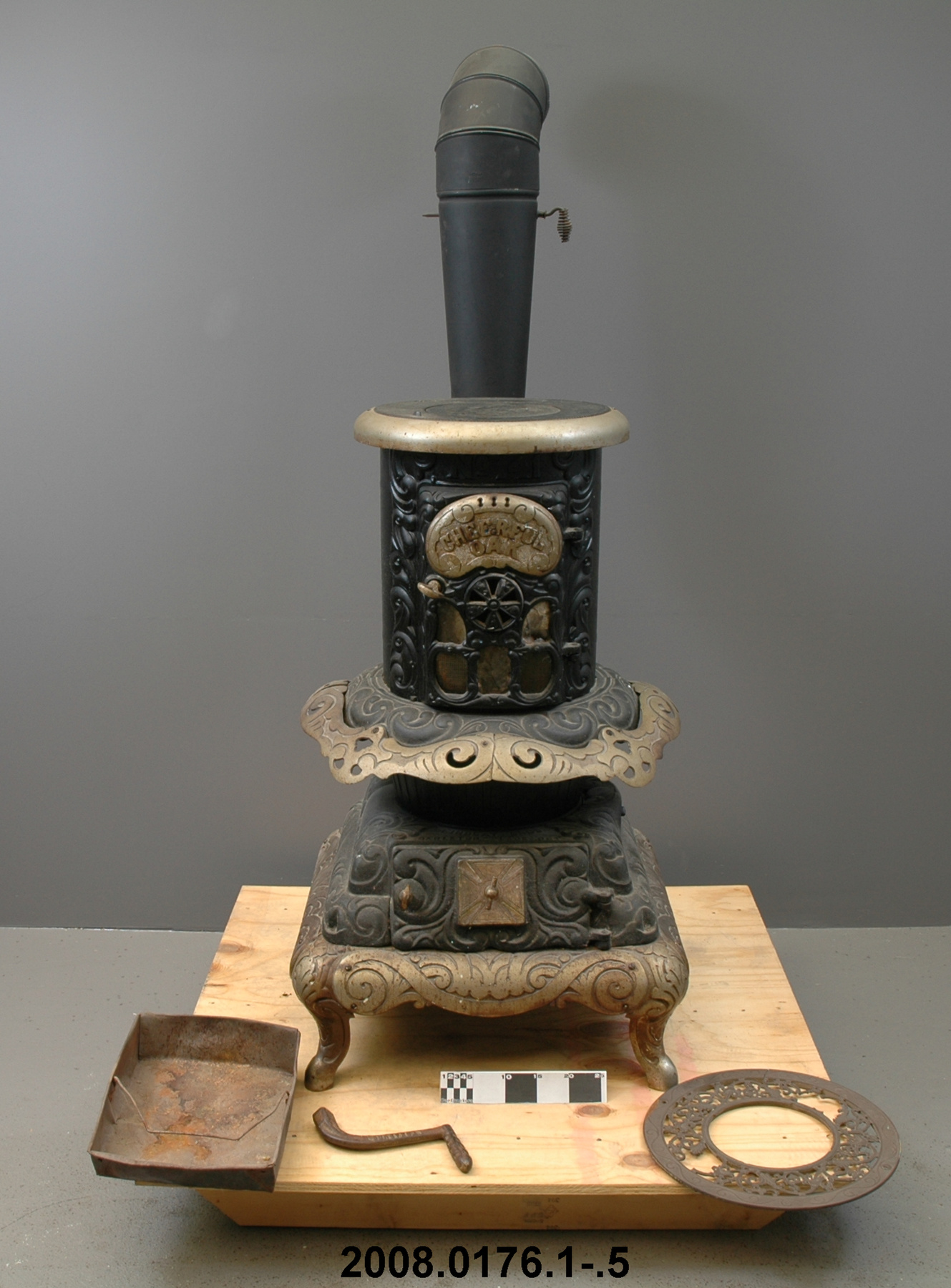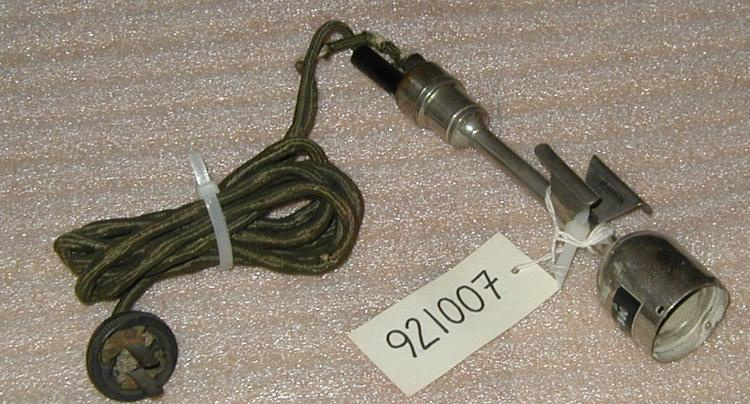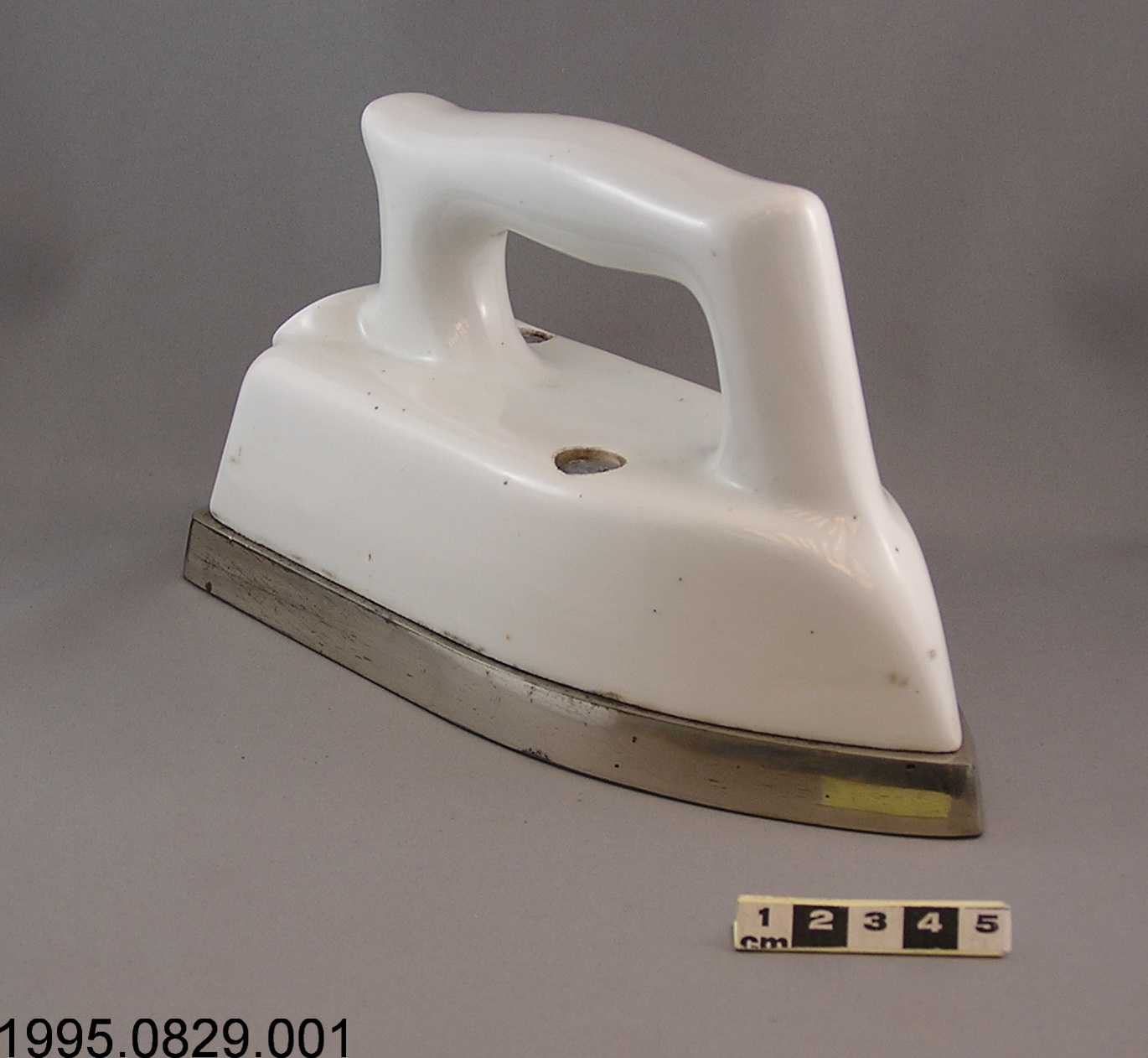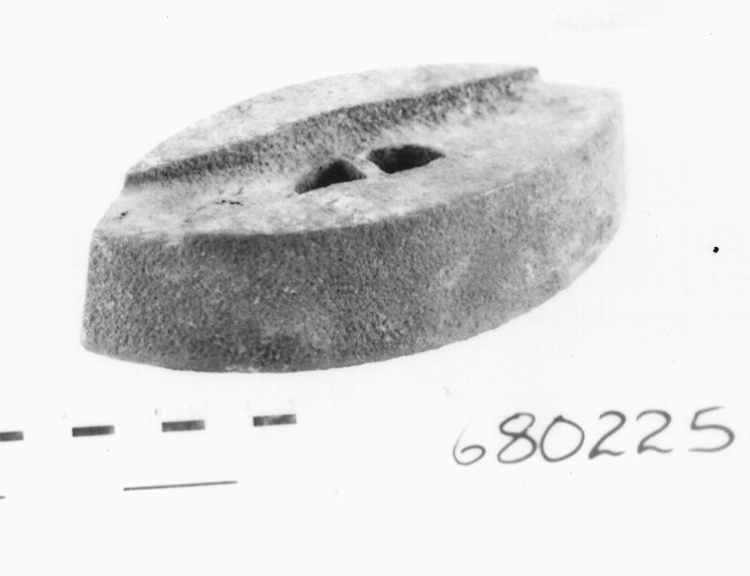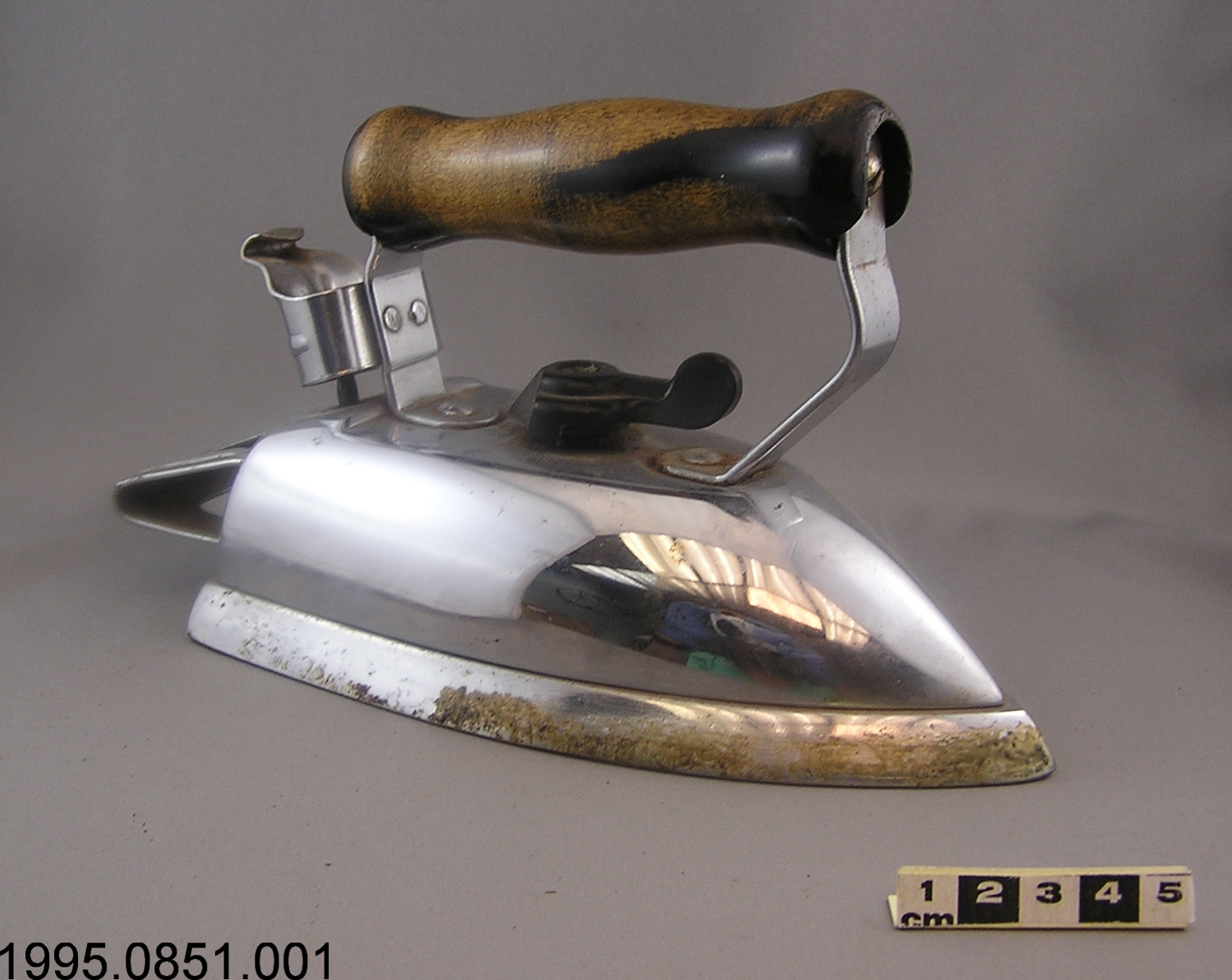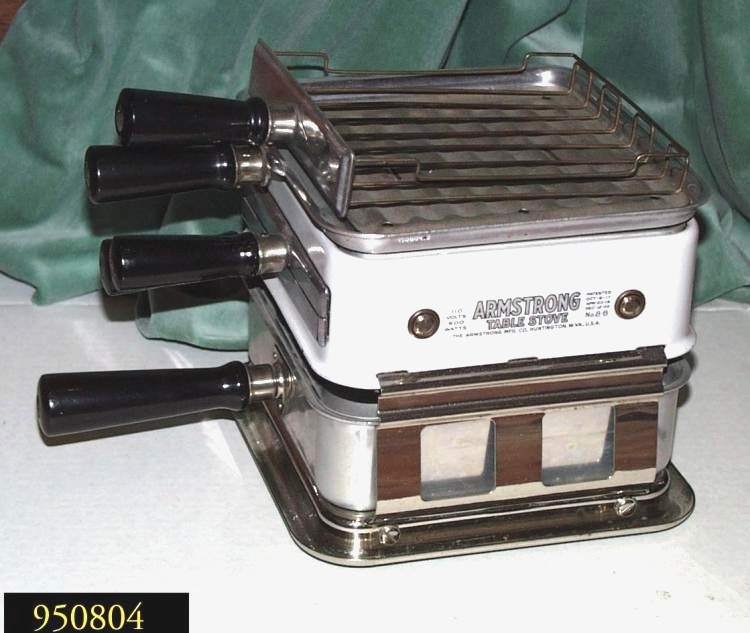Jeu de fer
Utiliser cette image
Puis-je réutiliser cette image sans autorisation? Oui
Les images sur le portail de la collection d’Ingenium ont la licence Creative Commons suivante :
Copyright Ingenium / CC BY-NC-ND (Attribution-NonCommercial 4.0 International (CC BY-NC 4.0)
ATTRIBUER CETTE IMAGE
Ingenium,
1987.0315.001
Permalien:
Ingenium diffuse cette image sous le cadre de licence Creative Commons et encourage son téléchargement et sa réutilisation à des fins non commerciales. Veuillez mentionner Ingenium et citer le numéro de l’artefact.
TÉLÉCHARGER L’IMAGEACHETER CETTE IMAGE
Cette image peut être utilisée gratuitement pour des fins non commerciales.
Pour un usage commercial, veuillez consulter nos frais de reproduction et communiquer avec nous pour acheter l’image.
- TYPE D’OBJET
- Absorptive/Detachable handle
- DATE
- 1918–1936
- NUMÉRO DE L’ARTEFACT
- 1987.0315.001
- FABRICANT
- Dover Mfg. Co.
- MODÈLE
- 62
- EMPLACEMENT
- Dover, Ohio, United States of America
Plus d’information
Renseignements généraux
- Nº de série
- S/O
- Nº de partie
- 1
- Nombre total de parties
- 5
- Ou
- S/O
- Brevets
- S/O
- Description générale
- Cast iron body.
Dimensions
Remarque : Cette information reflète la taille générale pour l’entreposage et ne représente pas nécessairement les véritables dimensions de l’objet.
- Longueur
- 16,5 cm
- Largeur
- 8,5 cm
- Hauteur
- 5,5 cm
- Épaisseur
- S/O
- Poids
- S/O
- Diamètre
- S/O
- Volume
- S/O
Lexique
- Groupe
- Technologie domestique
- Catégorie
- Buanderie
- Sous-catégorie
- S/O
Fabricant
- Ou
- Dover
- Pays
- United States of America
- État/province
- Ohio
- Ville
- Dover
Contexte
- Pays
- Inconnu
- État/province
- Inconnu
- Période
- Inconnu
- Canada
-
Sad irons were presumably used in Canada from the 1880’s up and into the early 20th century. - Fonction
-
Flat irons or sad irons were heated on a stove and then used to press and smooth textiles. When thoroughly heated, the handle/nickel case was attached to the sad iron base and secured with a screw. While one iron was being used, the other two (or one of the other two) would be heated on the stove. Once the iron being used had cooled, it would be placed on the stove, the handle would be removed and then attached to another (hot) iron base. These sets were made up of different weighted irons, which were designed to be used on differently weighted textiles. - Technique
-
Sad irons with detachable handles (patented in 1870) are a marked advancement in the history of ironing technologies. They not only increased productivity, as a user could have multiple iron bases being heated at once (and therefore not have to wait for a single iron to re-heat) but also provided a greater level of comfort for the user; wood does not conduct heat and allowed the user a much cooler handle. While being aesthetically pleasing, the nickel case provided greater distance between the user and the iron, and insulated the sad iron. These irons were generally sold in sets of three with a detachable handle/frame. This style of Dover sad iron, with the detachable handle/frame is rare, as Dover was the only company to manufacture this style of iron. - Notes sur la région
-
Inconnu
Détails
- Marques
- Embossed lettering reads: 'DOVER/ NO. 62/ SAD IRON'.
- Manque
- From CA of 04/15/1994 by Tony Missio: No - Complete
- Fini
- Black wrinkle finish on iron.
- Décoration
- S/O
FAIRE RÉFÉRENCE À CET OBJET
Si vous souhaitez publier de l’information sur cet objet de collection, veuillez indiquer ce qui suit :
Dover Mfg. Co., Jeu de fer, apres 1918–1936, Numéro de l'artefact 1987.0315, Ingenium - Musées des sciences et de l'innovation du Canada, http://collection.ingeniumcanada.org/fr/id/1987.0315.001/
RÉTROACTION
Envoyer une question ou un commentaire sur cet artefact.
Plus comme ceci


